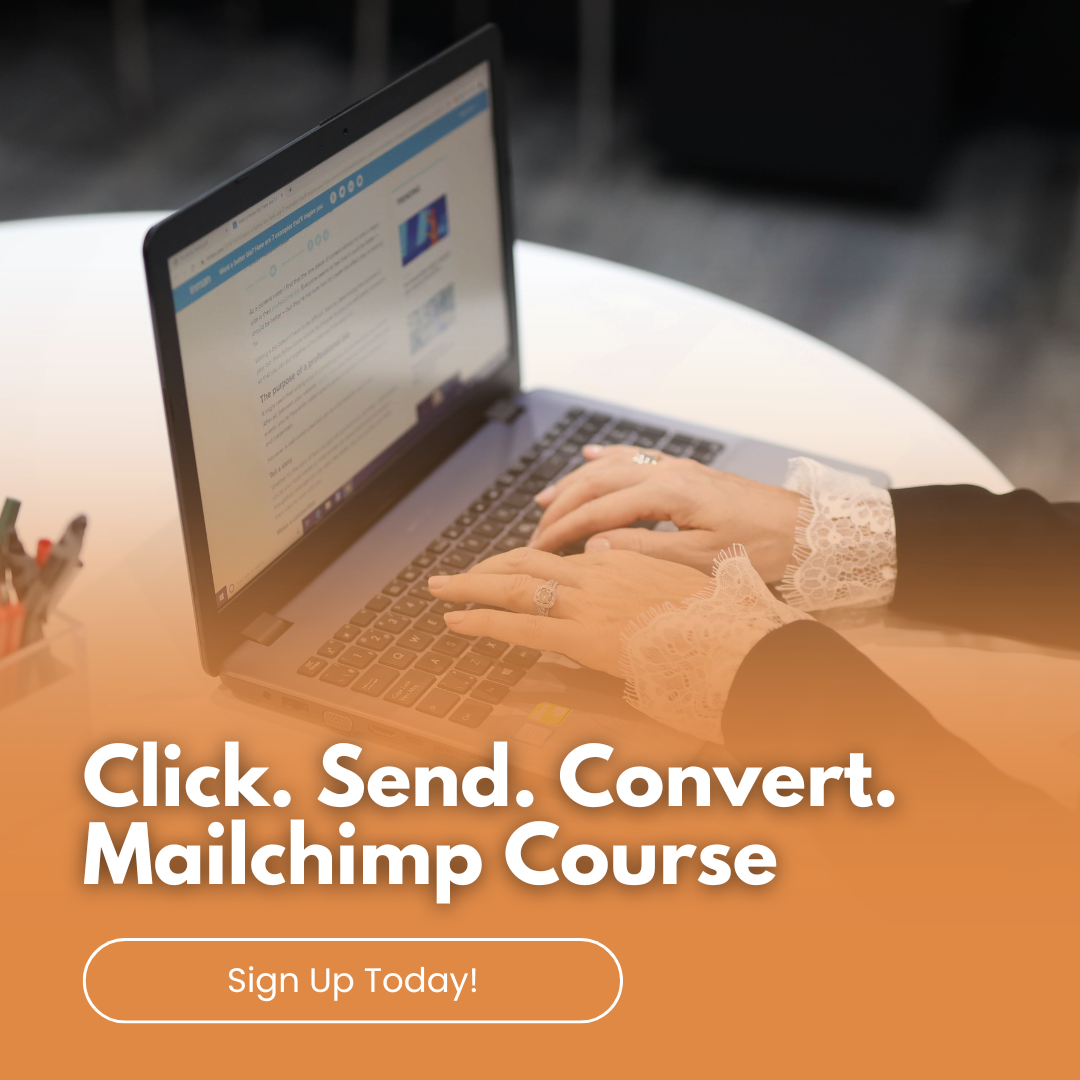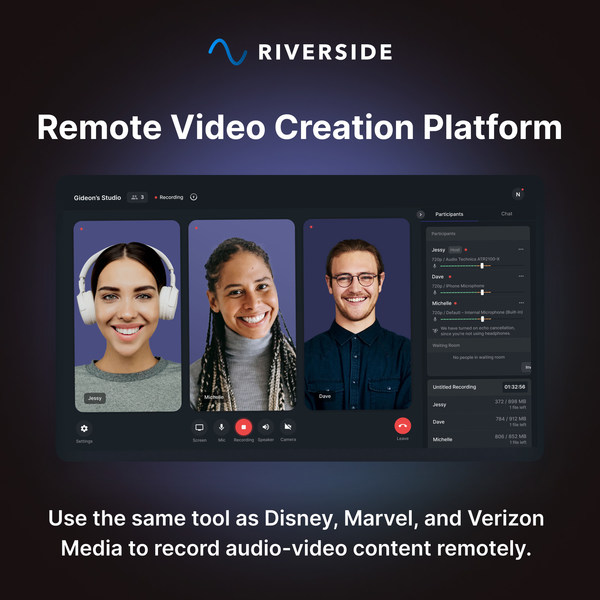Mailchimp, a powerful email marketing platform, offers robust segmentation and targeting tools to help you connect with your audience more effectively. Let’s explore how to leverage Mailchimp’s segmentation and targeting features to enhance your email marketing strategy.
What is Segmentation?
Segmentation is the process of dividing your email list into smaller, more manageable groups based on specific criteria. This allows you to tailor your messages to the unique preferences and behaviours of different segments, making your campaigns more relevant and engaging.
Why is Segmentation Important?
- Personalisation: Personalised emails have higher open and click-through rates. By segmenting your list, you can send content that resonates with each group, increasing the likelihood of engagement.
- Improved Metrics: Targeted emails typically result in lower unsubscribe rates and higher conversion rates. When recipients find your emails relevant, they are more likely to take action.
- Enhanced Customer Experience: Segmentation helps in delivering a better user experience by providing subscribers with content that matches their interests and needs.
How to Segment Your Audience in Mailchimp
Mailchimp offers several ways to segment your audience. Here are some effective strategies:
- Demographic Segmentation:
- Age and Gender: Tailor your messages based on age groups or gender to make your content more relatable.
- Location: Use geographic data to send location-specific offers or updates.
- Behavioural Segmentation:
- Purchase History: Segment customers based on their past purchases to recommend similar products or upsell.
- Engagement Level: Identify and target highly engaged subscribers differently from those who are less active.
- Psychographic Segmentation:
- Interests and Preferences: Collect data on subscriber interests to send targeted content that aligns with their hobbies or preferences.
- Lifestyle: Consider lifestyle factors such as fitness enthusiasts, tech-savvy users, or travellers.
- Email Activity:
- Open and Click Rates: Segment based on how subscribers interact with your emails. Reward highly engaged subscribers with exclusive content or offers.
- Inactive Subscribers: Create re-engagement campaigns for those who haven’t interacted with your emails in a while.
Using Mailchimp’s Segmentation Tools
Mailchimp provides intuitive tools to create and manage segments:
- Pre-built Segments: Mailchimp offers pre-built segments based on common criteria such as new subscribers, most engaged, or recent buyers. These can be a great starting point for your segmentation strategy.
- Custom Segments: Create custom segments using Mailchimp’s advanced filtering options. Combine multiple conditions to narrow down your audience precisely.
- Tags and Groups: Use tags to label subscribers with specific attributes, and groups to categorise them based on interests or preferences. This makes it easy to target specific segments with relevant content.
Targeting Your Segments with Mailchimp
Once you’ve segmented your audience, it’s time to target them with tailored campaigns:
- Personalised Content: Use dynamic content blocks to personalise emails for different segments within the same campaign. This can include personalised greetings, product recommendations, or content variations.
- Automated Campaigns: Set up automated workflows to send targeted emails based on subscriber actions or life cycle stages. For example, welcome emails for new subscribers, birthday offers, or cart abandonment reminders.
- A/B Testing: Test different subject lines, content, or send times with your segments to optimise your campaigns for better performance.
Best Practices for Effective Segmentation and Targeting
- Keep Your Data Clean: Regularly update and clean your email list to ensure accurate segmentation.
- Start Simple: Begin with basic segments and gradually add more complexity as you gather more data and insights.
- Monitor Performance: Track the performance of your segmented campaigns and adjust your strategy based on the results.
- Respect Privacy: Always obtain explicit consent from subscribers and respect their preferences for receiving communications.
Segmentation and targeting are essential components of a successful email marketing strategy. By leveraging Mailchimp’s powerful tools, you can create more personalised and relevant campaigns that resonate with your audience, ultimately driving higher engagement and conversions. Start segmenting your audience today and see the difference it can make in your email marketing efforts.










